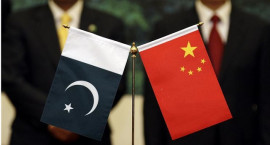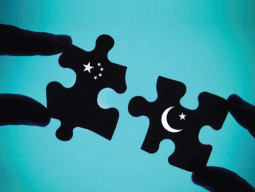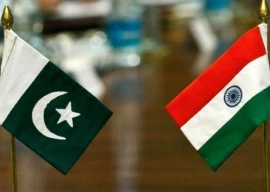
Foreign Direct Investment (FDI) presented a dismal picture, posting some 3 per cent decline during first half (July-Dec) of this fiscal year (FY17-18). And in December, 2017 alone it went down by 71.5 per cent — amounting to just $197.4 million from $692.1 million in the same month of 2016.
The second component of foreign investment, the portfolio investment also posted a negative growth because of poor performance of the country’s equity market. Portfolio investment declined by 50 per cent to stand at negative $128.4 million during the first half of FY17-18.
Of course, the ongoing political uncertainty in the country may have played a significant role in making foreign investors to adopt a wait-and-see approach on the issue. No doubt, foreign investors do not usually invest in politically uncertain times, especially when the host country is preparing to enter the election phase.
But politics alone is not factored in while taking such decisions. The decisive factors that go into influencing such decisions either way mostly relate to the state of the economy of the host country, including the ease of doing business, cost of doing business, a fair playing field and the level of the physical and social infrastructure available in that country. Our educated population, including those that have any skills, is abysmally low because of which foreign investors normally find it not very profitable to invest in Pakistan. And when the country experiences a prolonged period of economic stagnation that itself becomes a serious negative factor discouraging foreign investment inflows.
Data showed the pattern of foreign investment inflows have significantly changed recently. China now dominates FDI with a share of more than two-thirds in total investments. Significantly, Beijing has emerged first as the largest trading partner of Islamabad and now it has become the top foreign investor. But meanwhile inflows from countries other than China have come down drastically over the same period, indicating the possibility of a co-relationship in flows between China and the rest of the sources.
FDI from China was $969 million during the six months, which constituted 70pc of the total inflows. In the same period of the preceding fiscal year, investment from China had amounted to $393m and constituted 27.6pc of total inflows. This should, indeed, be a matter of concern for economic managers and they would do well to investigate if there is actually any co-relationship between the flows of these two different sources. If there is, they should immediately redress the situation with an appropriate policy overhaul.
The unusual spike in FDI in December 2016 was because of the inflow of $459m from the Netherlands as a Dutch company acquired majority shares in Engro Foods in a one-off transaction. The only other country that invested more than $100m in July-December was Malaysia. Its investment during these six months was $117m from Malaysia against $13.1m a year ago. Other significant investors were the United Kingdom, the United States and Hungary, which invested $77m, $63m and $48m, respectively.
Pakistan enjoys good relations with Arab countries. Yet the government could not find potential investors in the Gulf region. The UAE is the second-biggest trading partner of Pakistan, but its direct investment was just $14.5m in the six-month period. This is also a matter of serious concern for our economic managers to look into because if friendly Muslim countries located in close geographical proximity do not find us economically attractive enough for longer-term investment, then there must be something drastically wrong with Pakistan as a safe and profitable destination for foreign investment.
The countrywise breakdown showed China as the single-largest net investor of $128.4 million in December. China’s investments come as multi-billion-dollar infrastructure and power projects under the China-Pakistan Economic Corridor (CPEC) gather pace. And in line with our urgent needs such as energy, construction, financial businesses, electronics, consumer goods industries, construction and trade and telecommunication sectors attracted the largest chunk of Chinese FDI in December.
Published in The Express Tribune, January 18th, 2018.
Like Opinion & Editorial on Facebook, follow @ETOpEd on Twitter to receive all updates on all our daily pieces.













































COMMENTS
Comments are moderated and generally will be posted if they are on-topic and not abusive.
For more information, please see our Comments FAQ